Research-Backing and Evidence-Based Practices for Our Approach
As speech-language pathologists and professionals, we always want to make sure we are follow evidence-based practices with our clients.
We want to make sure that what we are doing is proven to be effective.
So it’s no wonder that we often hear this question:
Are the Speech and Language Kids resources evidence-based?
In short, YES! The Speech and Language Kids resources are based on many established evidence-based methods.
Our SLK Framework™, therapy materials, and curriculum tools are grounded in research and developed with real-world therapy in mind. We blend evidence-based practices with easy-to-implement tools that help SLPs deliver therapy that’s effective, efficient, and affirming — for all types of communicators.
🧠 Developmentally-Aligned Skill Progressions
Our resources follow the natural progression of communication development, with skills introduced in a systematic way that mirrors natural development. This structure helps you meet children where they are and build a strong foundation before moving on.
Research basis: Developmental hierarchies are a cornerstone of effective language intervention.
🎯 Explicit Instruction with Structured Scaffolding
We use principles of explicit instruction to give you clear, scripted steps for teaching each skill. Built-in scaffolding ensures you know how to model, prompt, and fade support as students gain independence.
Research basis: Explicit instruction improves learning outcomes, especially for students with language and learning challenges.
🔁 Distributed and Repeated Practice
Our materials support distributed and repeated practice, giving students multiple opportunities to practice and master skills over time in varied settings and formats.
Research basis: Spaced repetition enhances long-term retention and transfer of learning.
🧩 Task Analysis and Backward Chaining
Task Analysis is when we break a larger task into a step-by-step plan to make it more manageable to achieve. By combining these approaches with our knowledge of how children tend to develop yes/no questions naturally, we can break down the skill to its easiest form and then build their independence step by step. This allows SLPs to identify where students are stuck and provide targeted support using backward chaining and other instructional methods. Backward chaining is a teaching technique where the final step of a task is taught first, and earlier steps are added gradually in reverse order. This allows the learner to experience immediate success and task completion, which can be highly motivating — especially for children who may struggle with attention or persistence.
Research basis: Task analysis helps learners master complex skills through sequenced instruction. Backward chaining is an effective strategy in teaching new skills.
🛠️ Emphasis on Functional, Meaningful Skills
We focus on real-world communication goals that support classroom success, peer interaction, and life skills. Our therapy materials emphasize generalization and functional outcomes, not just drill-based learning. This is supported by the research-backed principle that therapy should be functional, meaningful, and contextually relevant to promote generalization.
Research basis: Functional therapy goals improve generalization and real-world impact.
👥 Team-Based and Collaborative
Our Framework and materials makes it easy to collaborate with parents, teachers, and other professionals. Tools are designed for shared planning and data tracking to align goals across settings.
Research basis: Multidisciplinary collaboration improves service delivery and student outcomes.
⚖️ Data-Driven and Progress-Oriented
The SLK Framework and all of our materials and curriculums are designed to help SLPs and professionals make evidence-based decisions using clear progressions, observable behaviors, and skill mastery indicators — critical components of data-driven therapy.
Research basis: Data-driven therapy is essential for effective intervention planning.
🌱 Neurodiversity-Affirming Practices
Our materials are designed to be respectful of all communication styles. We take a neurodiversity-affirming approach that supports authenticity, avoids coercion, and embraces each child’s strengths and preferences.
Research basis: Affirming approaches improve engagement and reduce trauma for neurodivergent learners.
🎓 Providing and Fading Supports
We structure activities to provide direct support at first to allow immediate success. Then, we gradually moving toward independence by systematically fading those supports as we increase the child’s independence.
Research basis: Gradual decrease of supports encourage student independence and skill retention.
👁️🗨️ Multimodal Learning
We know that all children learn differently. Our approach integrates visual learning (though visual aids and supports), active learning (through movement and sensory activities), and play-based learning. By providing many ways for children to engage in the lessons, we support better outcomes for our students.
Research basis: Visual supports and movement-based learning improve engagement and comprehension.
💬 Total Communication Approach
We embrace all forms of communication — speech, sign, gestures, AAC, visuals, and more — to meet children where they are. Our materials support total communication strategies so each child can access and express language in a way that works for them.
Research basis: Total communication approaches support language development across diverse populations.
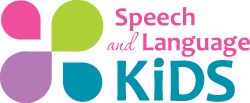
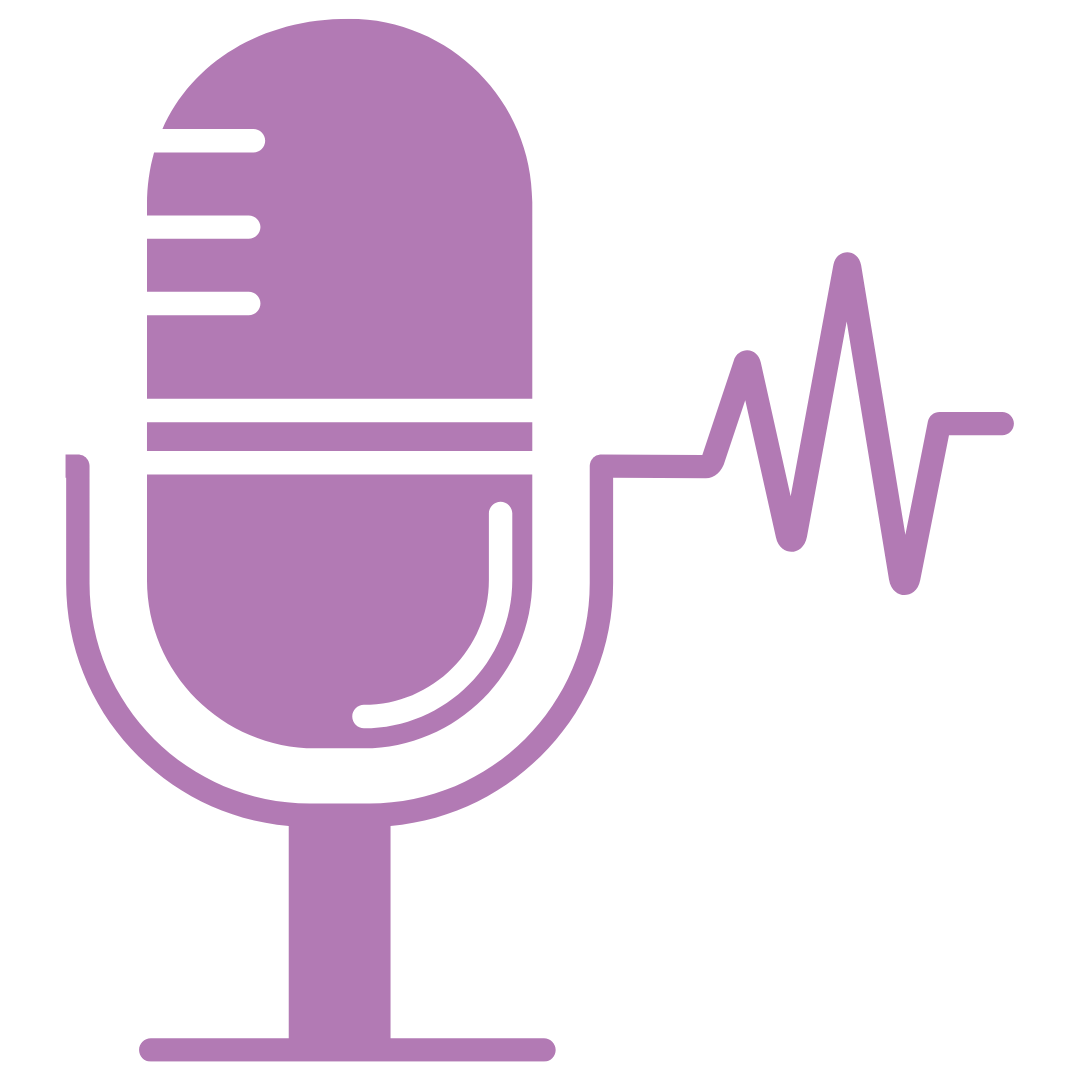
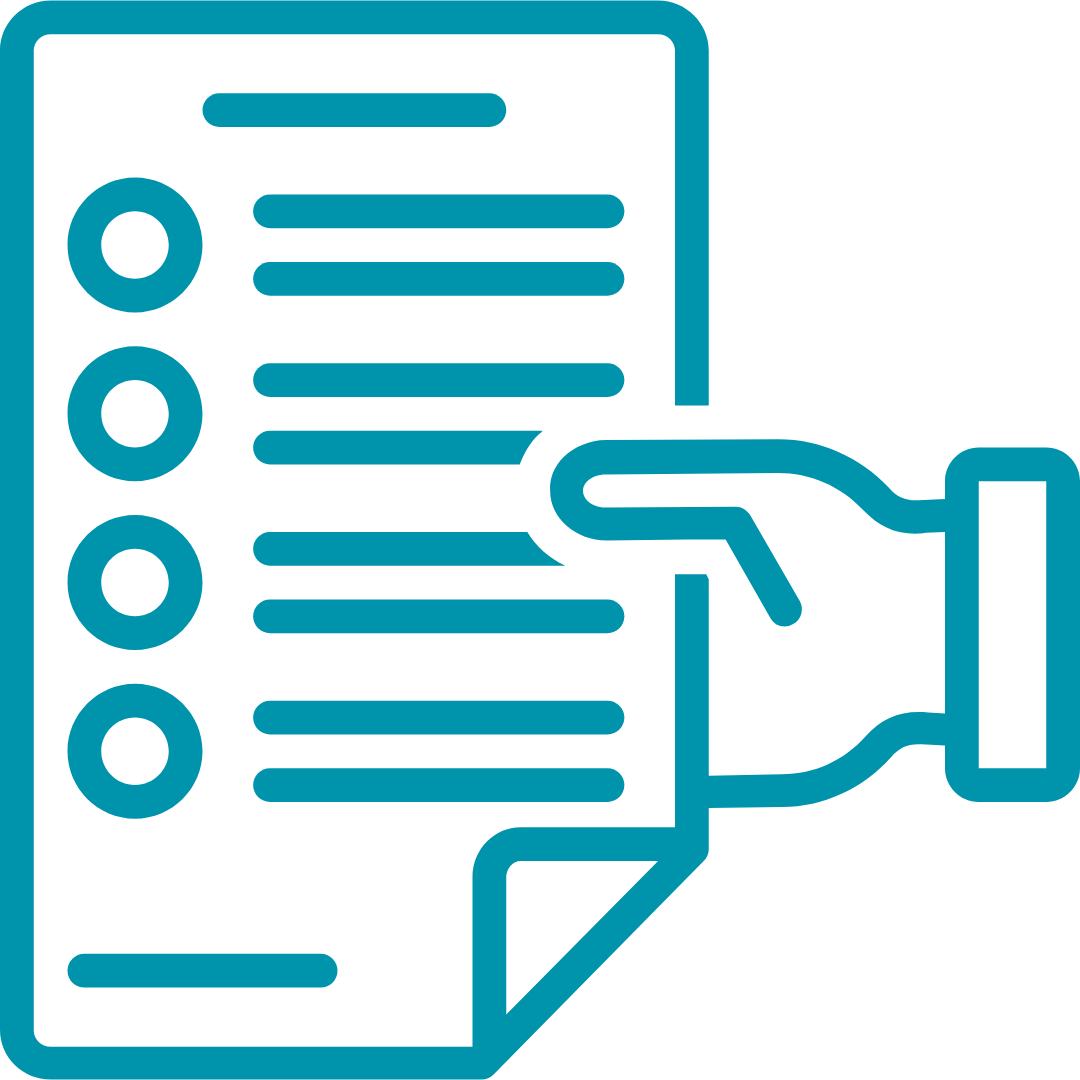

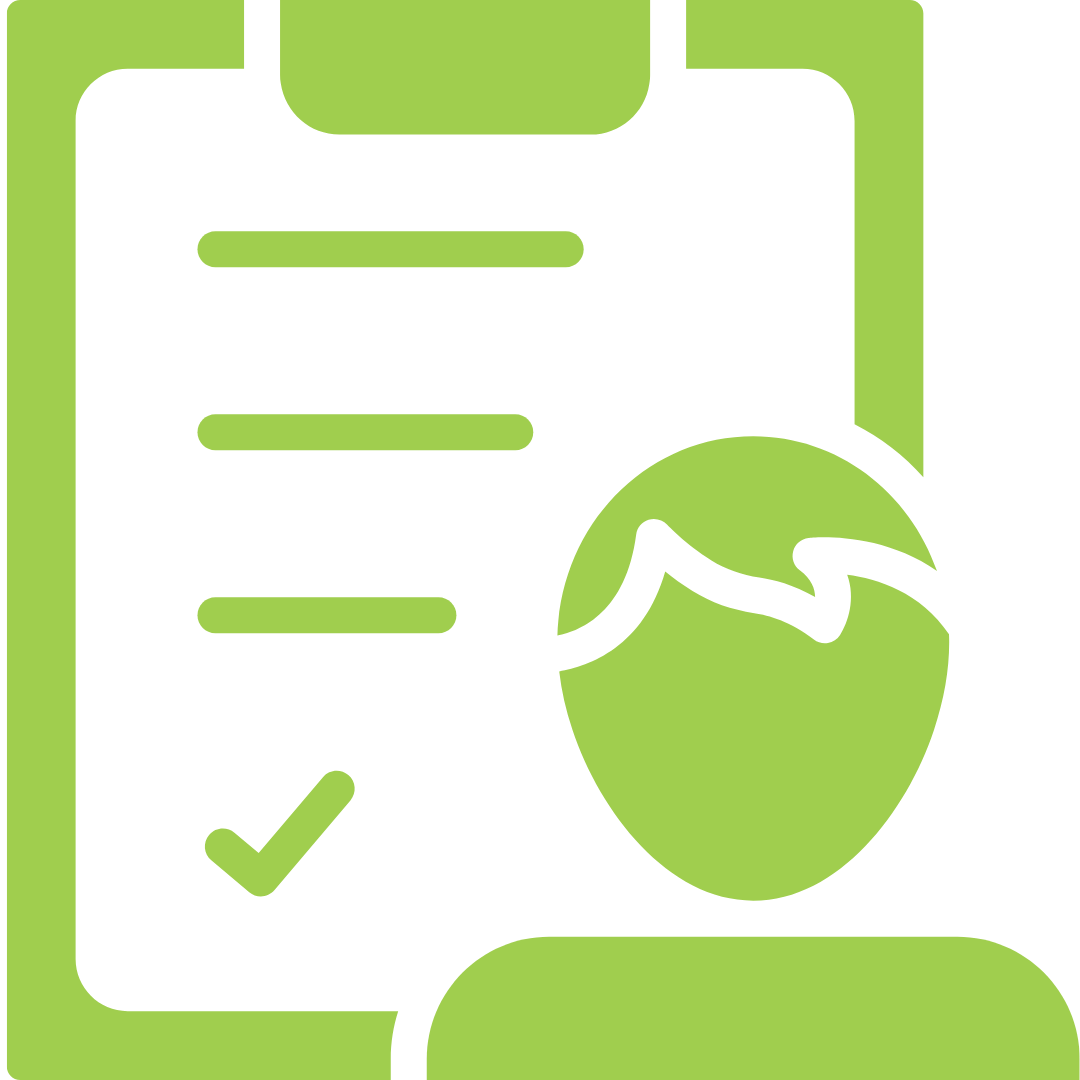
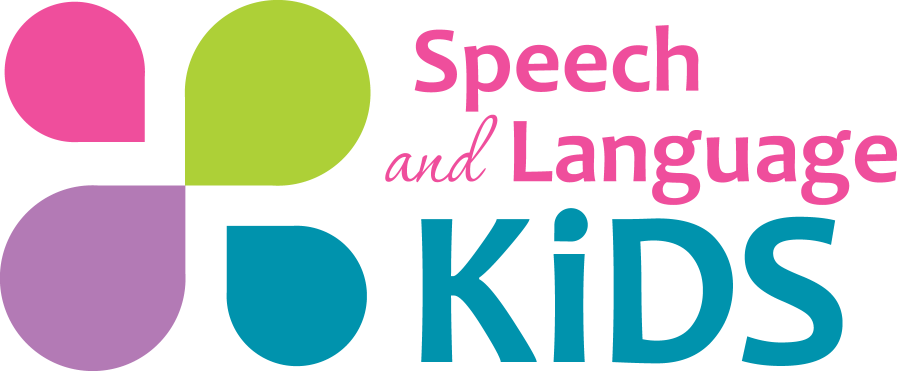
Leave A Comment